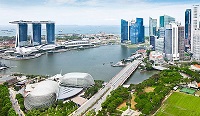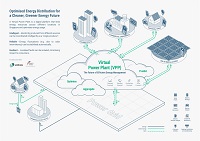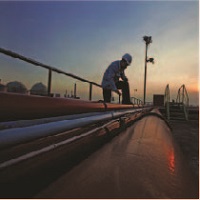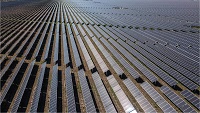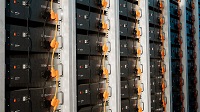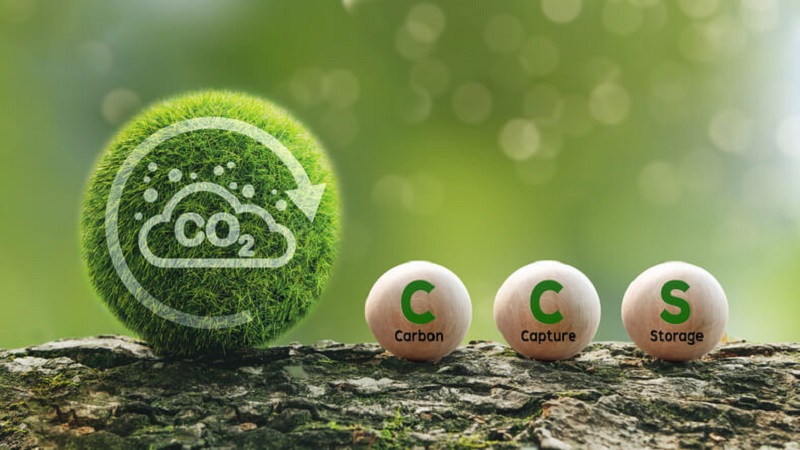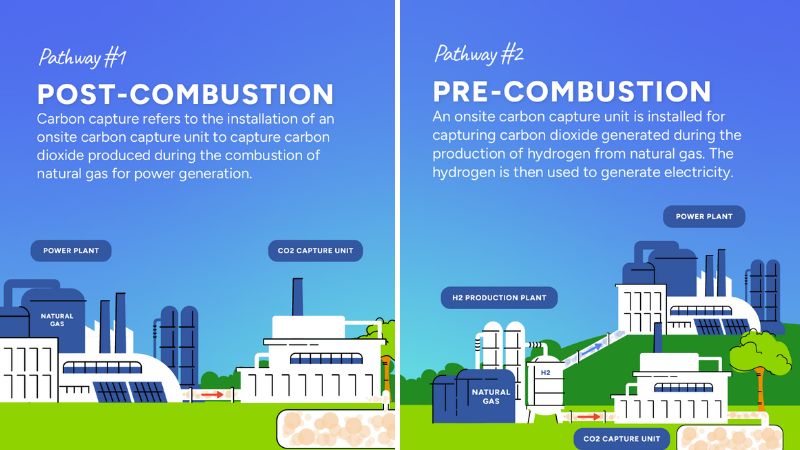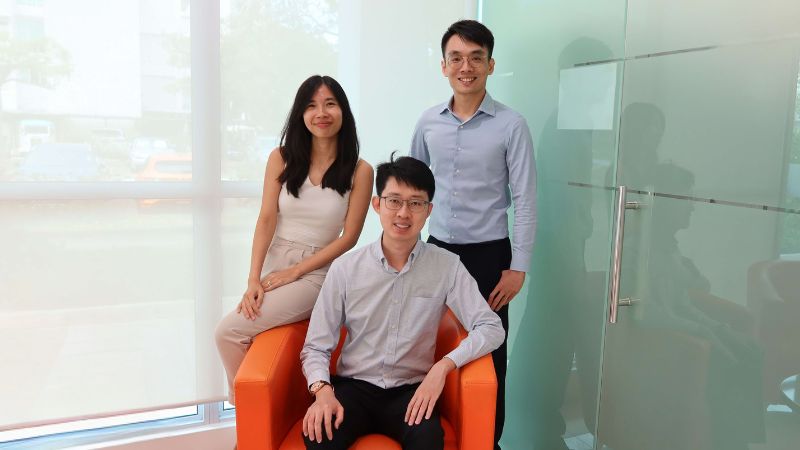While Kai Yuan and teammates at the CCSPO's Infrastructure Development Branch are hard at work analysing the feasibility of different types of technology, Jeremy and his teammates in the Commercial Development Branch are studying different business models and project structures to enable an end-to-end value chain and make implementing CCS a win-win for all.
And to ensure smooth implementation, their colleague, Pei Fang and her teammates in the Economic Regulation Branch, are working closely with industry stakeholders to better understand the CCS value chain and broker long-term partnerships.
“At the moment, there are no specific regulations for carbon capture, so we are learning from one another to determine what we need to set up the value chain, and the important factors we need to work on before the sector can start functioning,” Pei Fang explained about her work. “It requires a lot of collaboration.”
Jeremy added that it helps that industry stakeholders are also keen to pursue such new technologies. He shared, “In fact, the CCS project was conceptualised arising from feedback from the industry that CCS is one of the few viable decarbonisation pathways for their emissions.”
